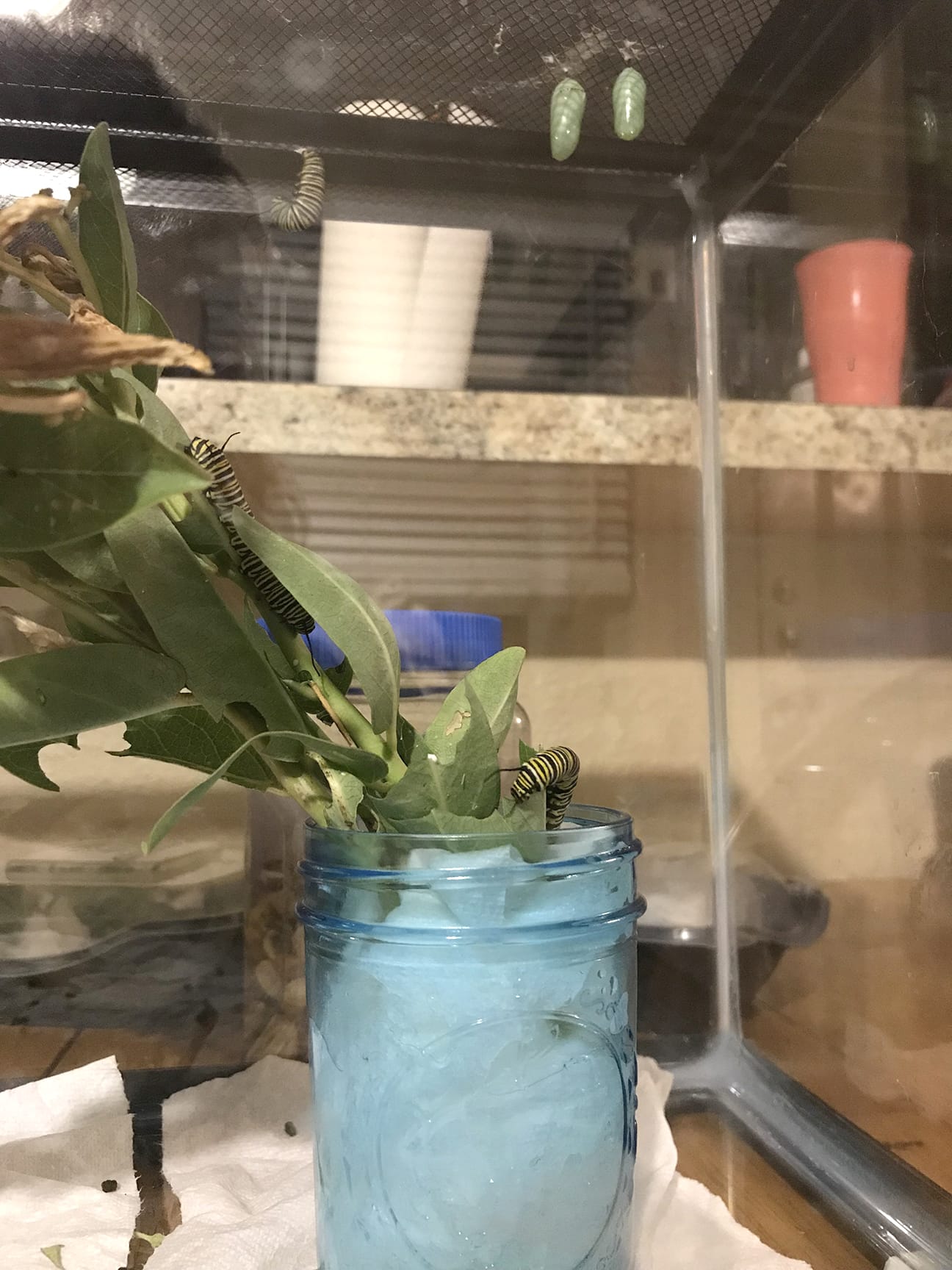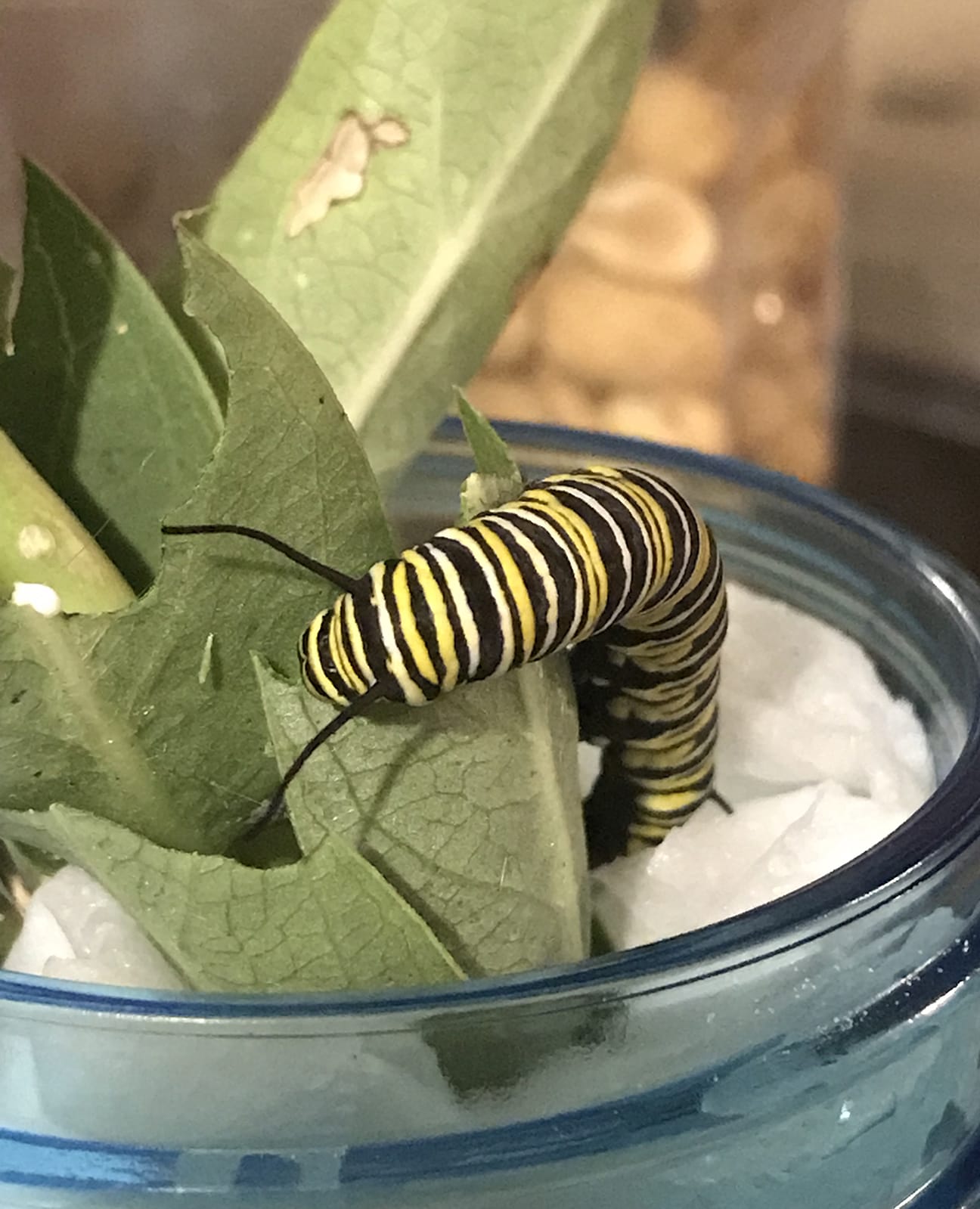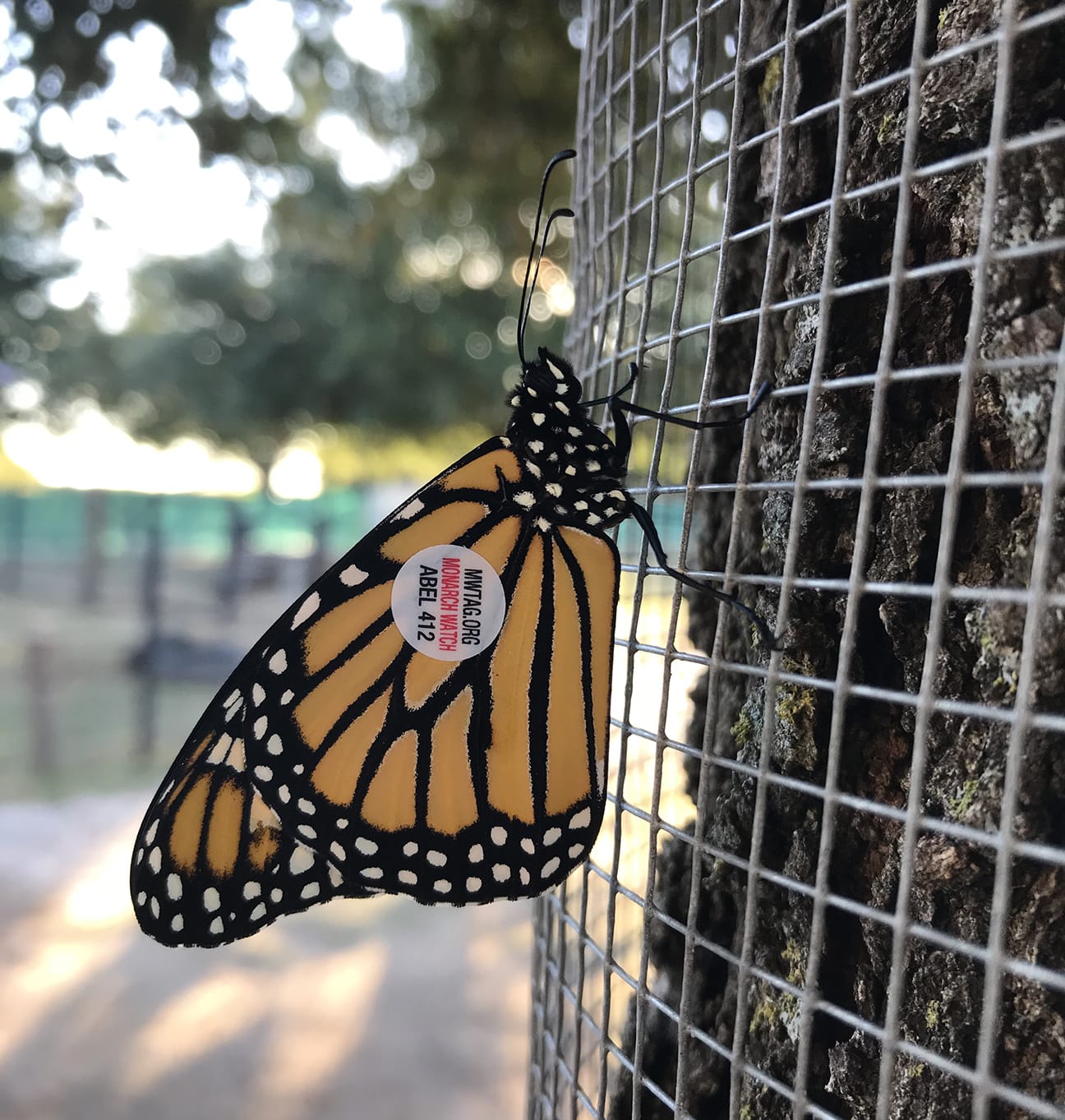March 14 is National Learn About Butterflies Day! This is a great day to appreciate and learn more about the colorful pollinators that soar in our skies.
There are more than 20,000 types of butterflies worldwide. They widely vary in all types of colors painted across their wings, which can range from a half-inch to 11 inches in size.

Texas has more butterfly species than any other state at more than 400, partly due to the state’s varied ecological regions. Did you know nearly 150 species of North American butterflies can be seen only in the Lower Rio Grande Valley of Texas? This region alone is home to over 300 species of butterflies, as it has favorable warm temperatures and many different flowering plants that provide sugary nectar energy for the butterflies.
A butterfly’s life cycle is made up of four stages. Adults will lay eggs on a host plant that will feed the young when they hatch.

The second stage is the larva, also known as caterpillars. Their first meal will actually be their egg case that they came out of before they begin eating leaves. The caterpillar will grow in size and undergo different instar stages.
Typically, there are five different growth sizes and in between each of these, the caterpillar must shed its outside skin in order to make more room for food. After a caterpillar’s last meal, it will find a place to form a pupa; this stage is also called a chrysalis. In this stage, the caterpillar will undergo a big transformation, wherein the adult butterfly will form.
After several days of reshaping its body, an adult butterfly will emerge. Adult butterflies have varied life expectancies. Some may only live one week, while others – even within the same species – can live for nearly one year.
The Texas state butterfly is the monarch. Monarch butterflies have beautiful orange wings marked with black streaks. The black border of their wings is speckled with white flecks.

These butterflies can be found from Canada all the way down to Mexico. Monarch butterflies are best known for their long migration of over 3,000 miles. Unlike other species of butterflies that can overwinter as larvae, pupae, or even as adults, monarchs cannot survive the cold winters of northern climates.
Texas is often called “the funnel” of monarch migration, as these butterflies rest up here on their way to the Sierra Madre Mountains of Mexico. A single generation of monarch adults will make the long trek south for the winter.
The spring migration back to the north will take 3-4 generations with each contributing a short distance to the journey. Along their migration route, monarchs rely on different milkweed plants for their young caterpillars to feed on. Milkweed plants are mildly toxic, which makes the caterpillars and adult butterflies distasteful to predators.

There are several citizen science projects involved with monitoring monarchs on their migration routes. One way to keep track of single monarchs is to gently catch them in a net or grow caterpillars in captivity until they are adults. Once adult butterflies are in hand, these citizen scientists will record if they have a male or female butterfly and place a small, white lightweight sticker on the underside of its wing.
Each sticker has an individual number that is part of a larger tracking database. People who catch an already-tagged butterfly can record data on how far that individual has migrated.
This spring, keep your eyes to the sky and look out for these colorful butterflies as they journey back northward.
-Kristina Borgstrom, Children’s Animal Center Supervisor
